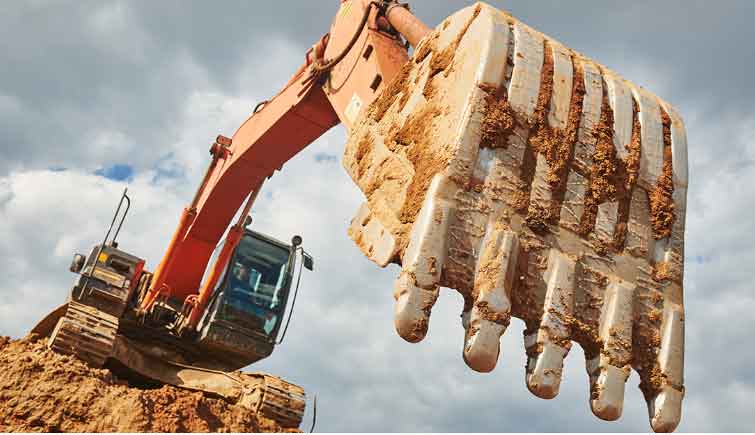Excavator bucket teeth have long been the unsung heroes of the construction and mining industries. These small yet mighty components have a tremendous impact on the productivity and efficiency of excavators. With advancements in technology, the precision-engineered excavator bucket teeth have revolutionized the way excavation tasks are performed. Let’s delve into the remarkable power of precision in excavator bucket teeth technology.

Design and Construction: The foundation of precision in excavator bucket teeth lies in their design and construction process. Thanks to advanced Computer-Aided Design (CAD) software, manufacturers can create intricate tooth designs that optimize digging capabilities. Factors such as tooth shape, curvature, and penetration angles are carefully considered to ensure maximum efficiency. Moreover, precision casting and machining techniques result in bucket teeth with tight tolerances, guaranteeing a precise fit and superior performance.
Material Selection: The choice of materials is paramount in the development of high-quality bucket teeth. Precision technology allows manufacturers to select the most suitable alloys and metals for specific applications. Heat-treated alloy steels, for instance, offer exceptional strength, hardness, and resistance to wear and impact. Precisely tailoring the material composition optimizes the performance and longevity of bucket teeth, even in the most demanding environments.
Tooth Configuration: Excavator bucket teeth are available in various configurations, each tailored for specific tasks and soil conditions. Precision technology empowers manufacturers to develop specialized tooth profiles, such as sharp teeth for penetrating hard ground or wide teeth for improved bucket filling. These configurations are engineered to provide optimal digging performance, increased productivity, and reduced fuel consumption.
Interchangeability and Ease of Replacement: Precision engineering also ensures the interchangeability and ease of tooth replacement. Bucket teeth are typically attached to the excavator bucket using locking systems, allowing for quick and hassle-free replacement. Precision machining techniques ensure teeth and adapters fit precisely, eliminating any unnecessary play or movement. This precision simplifies maintenance, maximizes efficiency, and enhances the safety of the excavation process.
Wear Resistance and Longevity: Wear caused by abrasion, impact, and harsh working conditions poses a significant challenge for excavator bucket teeth. Precision technologies have greatly improved their wear resistance and longevity. Advanced heat treatment processes, surface hardening techniques, and specialized coatings enhance the hardness, toughness, and resistance to abrasion of bucket teeth. This precision engineering translates into longer tooth life, reduced downtime, and increased productivity.
Versatility and Compatibility: Precision in excavator bucket teeth technology also ensures compatibility and versatility across various machine models and brands. Manufacturers employ standardized tooth systems and designs, such as the widely used “tooth and adapter” systems, which allow teeth to be easily interchanged among different excavator buckets. This compatibility provides contractors and operators with a wide range of tooth options, regardless of the machine they use, enabling them to tailor the excavation process to specific requirements.
In conclusion, the power of precision in excavator bucket teeth technology cannot be overstated. From design and construction to material selection, tooth configuration, interchangeability, wear resistance, and compatibility, precision engineering guarantees optimal performance, increased productivity, and extended tooth life. These advancements in precision technology continue to push the boundaries of excavation capabilities, allowing operators to tackle challenging tasks with efficiency and precision.
